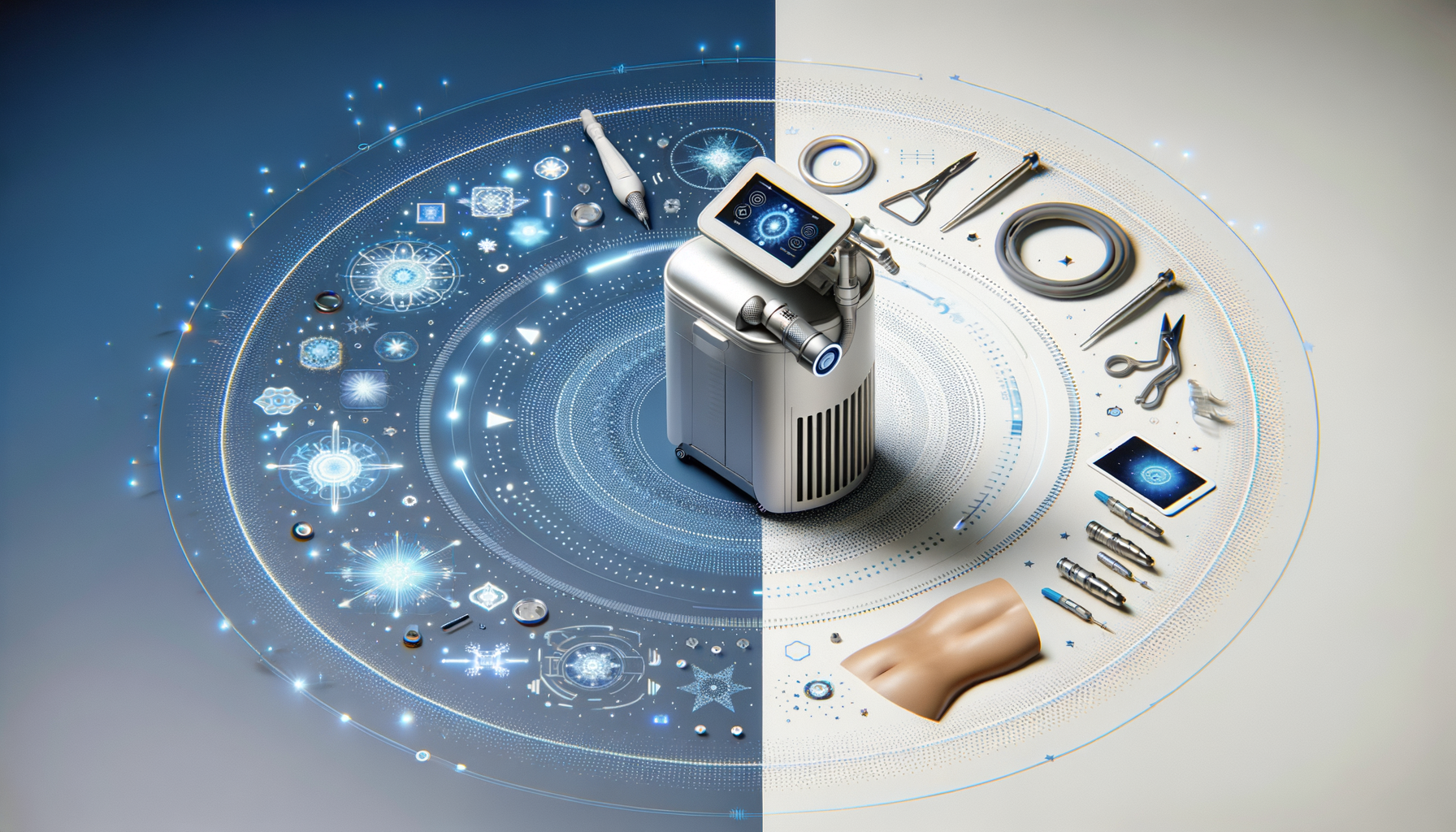Exploring CoolSculpting: A Non-Invasive Path to Body Contouring
CoolSculpting offers a non-invasive solution for body contouring, providing a popular alternative to traditional fat reduction methods.

Understanding CoolSculpting: An Overview
CoolSculpting is a non-invasive cosmetic procedure aimed at reducing fat in targeted areas of the body. Utilizing a technique known as cryolipolysis, CoolSculpting freezes and eliminates fat cells without surgery. This method is particularly appealing for those looking to avoid the risks and recovery time associated with more invasive procedures like liposuction.
The procedure works by applying controlled cooling to fat cells beneath the skin, which are more susceptible to cold than other cells. Over time, the treated fat cells are naturally processed and eliminated by the body’s lymphatic system. This leads to a reduction in the thickness of the fat layer, resulting in a more contoured appearance.
CoolSculpting is FDA-approved for use on several areas, including the abdomen, flanks, thighs, and under the chin. The procedure is generally safe, with minimal side effects such as temporary redness, swelling, or numbness in the treated areas. With its non-invasive nature and minimal downtime, CoolSculpting has become a popular choice for individuals seeking body contouring solutions.
The Science Behind Cryolipolysis
At the heart of CoolSculpting lies the science of cryolipolysis, a process that involves the breakdown of fat cells through freezing. This technique exploits the fact that fat cells are more sensitive to cold than other types of cells. When exposed to cold temperatures, fat cells crystallize and undergo apoptosis, a natural cell death process.
Once the fat cells are destroyed, they are gradually absorbed and eliminated by the body’s lymphatic system over a period of weeks to months. This gradual process ensures that the skin remains smooth and even after the fat reduction. Clinical studies have shown that cryolipolysis can reduce fat in the treated area by up to 25%, making it an effective tool for body contouring.
One of the major advantages of cryolipolysis is its specificity. Unlike some other fat reduction methods that can affect surrounding tissues, cryolipolysis targets only the fat cells, leaving other structures like skin and muscle unharmed. This targeted approach minimizes risks and enhances the safety profile of CoolSculpting.
Comparing CoolSculpting to Other Fat Reduction Methods
When considering body contouring options, it’s important to weigh the benefits and limitations of various fat reduction methods. CoolSculpting stands out for its non-invasive nature, which contrasts with surgical options like liposuction. Liposuction requires incisions and anesthesia, leading to a longer recovery time and potential complications.
In contrast, CoolSculpting sessions typically last about an hour, with patients able to resume normal activities immediately afterward. This convenience makes it an attractive option for those with busy lifestyles. Additionally, CoolSculpting avoids the risks associated with surgery, such as infection or scarring.
However, CoolSculpting is not intended for significant weight loss. It is most effective for individuals who are near their ideal weight but have stubborn fat deposits that are resistant to diet and exercise. For those seeking substantial weight loss, traditional methods like diet, exercise, or bariatric surgery may be more appropriate.
What to Expect During a CoolSculpting Session
Understanding what happens during a CoolSculpting session can help set expectations and ease any apprehension. The procedure begins with a consultation to determine the areas to be treated and to assess whether CoolSculpting is suitable for the patient’s needs.
During the session, a gel pad and applicator are applied to the targeted area. The applicator delivers controlled cooling to the fat cells, causing them to crystallize. Patients may feel an intense cold sensation initially, but this typically subsides as the area becomes numb. Many people use the time to read, work on a laptop, or even take a nap.
After the applicator is removed, the treated area is massaged to break up the frozen fat cells, enhancing the effectiveness of the procedure. While some redness or swelling may occur, these effects are temporary and generally resolve quickly. Results from CoolSculpting are not immediate; it can take a few weeks to months to see the full effect as the body eliminates the fat cells.
Evaluating the Efficacy and Safety of CoolSculpting
CoolSculpting has been extensively studied and proven effective for body contouring. Clinical trials and patient testimonials support its efficacy, with many patients reporting satisfaction with the results. The gradual nature of fat reduction also contributes to a more natural-looking outcome, avoiding the sudden changes that can occur with more invasive procedures.
In terms of safety, CoolSculpting is considered a low-risk procedure. The most common side effects are temporary and include redness, swelling, and numbness. Serious complications are rare, making it a safe choice for many individuals. However, it is crucial to have the procedure performed by a qualified practitioner to ensure optimal results and minimize risks.
Ultimately, the decision to undergo CoolSculpting should be based on individual goals and a thorough understanding of the procedure. Consulting with a healthcare professional can provide valuable insights and help determine if CoolSculpting is the right choice for achieving desired body contouring outcomes.